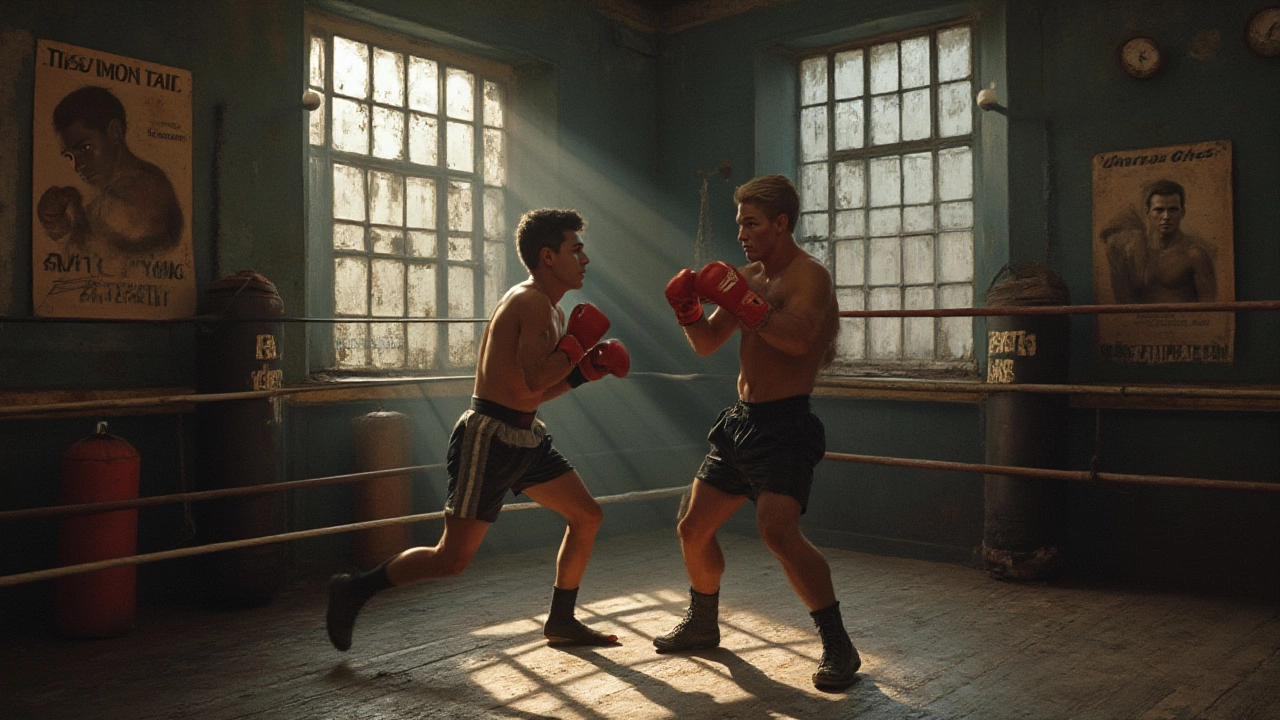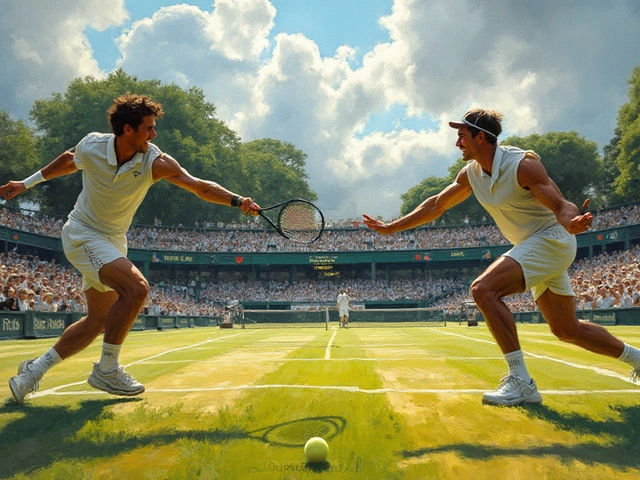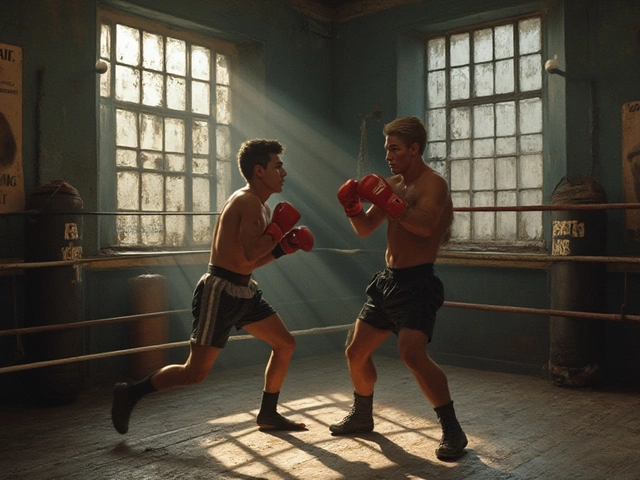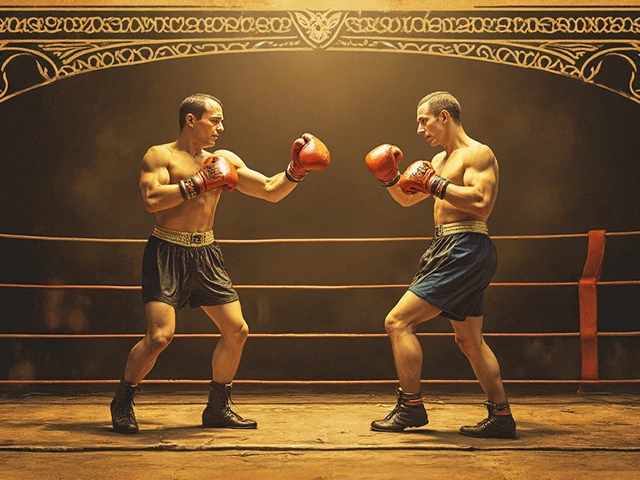If you think boxing is just about swinging fists, you’re missing the point. The next time you watch a fight, look past the haymakers and wild hooks. Under all that sweat and noise, there’s a chess match on display, and every round rewrites the rules a bit more. There’s strategy, discipline, and a surprising amount of subtlety. It’s why even the most chiseled brawler can get humbled by an opponent who’s two steps ahead—or just moves their head a half inch out of the danger zone.
The Science and Strategy of Boxing
Forget the street-fight cliches. Boxing is full of calculated decisions. Before a punch is thrown, a boxer’s analyzing distance, timing, and rhythm. The best are always a second ahead—reading feints, setting traps, and changing tempo to find an opening. Most fans don’t catch how much science goes into a jab or a slip.
Take the jab, one of the simplest punches on paper. It’s also the most complex when you get into the details. Pros use it to measure range, blind the opponent, and keep themselves safe. Sugar Ray Leonard could win rounds with his jab alone, never overcommitting—a constant reminder that patience trumps power more often than not.
Footwork is another forgotten art. Muhammad Ali’s fancy feet weren’t just for looking good. His gliding movement let him control the ring, create angles, and waste zero energy by being where the other guy wasn’t. The phrase “float like a butterfly” is legendary for a reason. Modern fighters like Vasyl Lomachenko push it even further, using tight pivots and steps to break down opponents piece by piece.
Then there’s defense. Defense isn’t running away. Think about Mayweather’s shoulder roll—a move so effective, it turned world-class punchers into frustrated bystanders. Good defense is about making your opponent miss by a millimeter, not a mile. A well-timed slip or pivot ruins a punch’s momentum, leaving the puncher open to counter shots and shaking their confidence for the next exchange. That’s where the brain wins over brute force.
So yeah, there’s science, technique, and constant mental warfare. Boxing is like chess at full speed, with real stakes if you guess wrong on the next move.
What Happens Between the Punches
Look at any fight highlight reel and you’ll see the knockouts and the slugfests, but it’s what happens in between those big moments that separates rookies from legends. Fainting, reading body language, timing the perfect counter shot—these don’t show up on stat sheets, but they make all the difference in the world.
Let’s talk about feints. These are fake moves—little shoulder twitches, glove flicks, or step-ins—to make an opponent react and show their hand. A boxer who falls for a feint gives up information that a sharp fighter will use later. Look back at Canelo Alvarez; he’ll feint with his lead hand, watch the reaction, and then sneak in a wicked body shot when the guard drops.
Ring IQ, or fight intelligence, is another hidden skill. The best boxers see the whole ring as their playground. They know how to cut off the ring—herding an opponent into the ropes where escape is harder. Gennady Golovkin is an expert here: he uses steady pressure, subtle steps, and body shots to take away a fighter’s space and force mistakes.
Pacing is a subtle art. Blast out of the gates too fast, and you’ll gas out by round four. Wait too long, and the other guy racks up points. Manny Pacquiao, for example, was famous for changing gear mid-round—speeding up, slowing down, then blitzing with combos when his rivals least expected it. That unpredictability is what sets apart the truly elite.
Sometimes, winning isn’t about landing the cleanest punch but making the other fighter doubt themselves. Psychological warfare is real in boxing—a few well-timed taunts, a staredown at the end of a round, or shrugging off a hard shot can shift the whole mood in the ring. Mike Tyson said it best: "Everyone has a plan until they get punched in the mouth.” But some boxers break their opponent without ever needing the knockout.
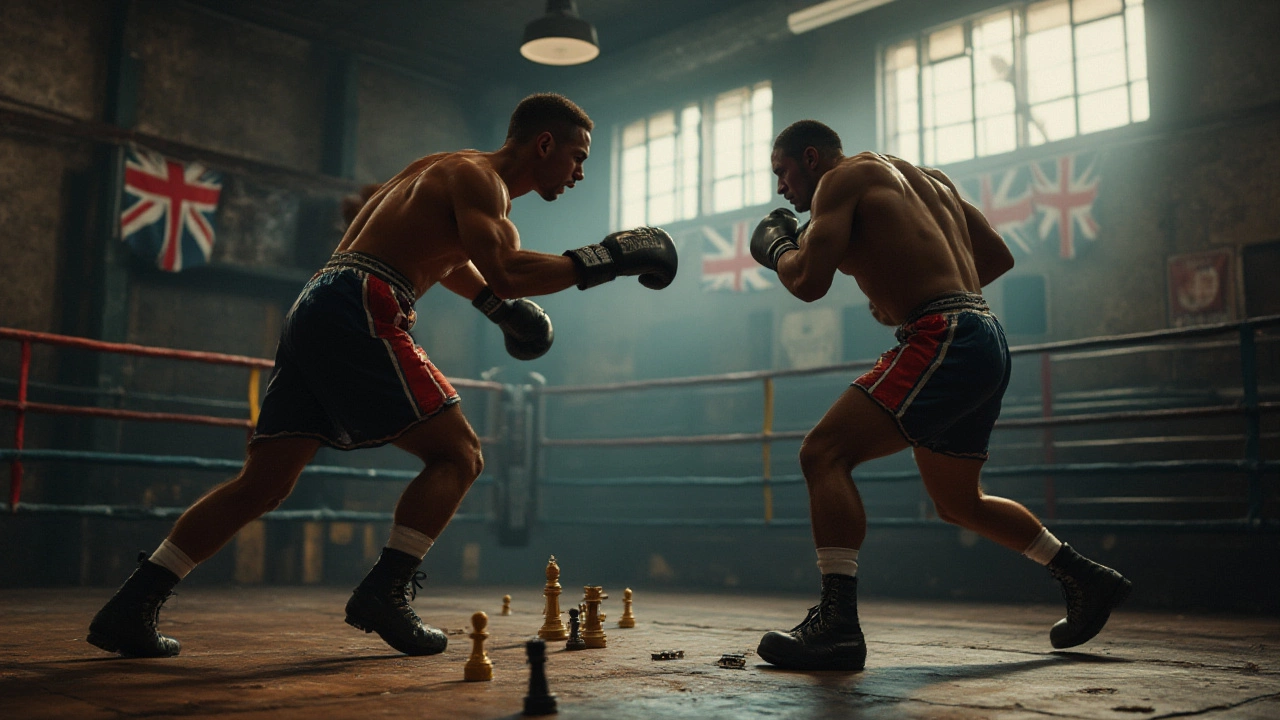
Conditioning and Physical Preparation
The word “conditioning” gets thrown around a lot, but boxing takes it to a different level. Training camp isn’t about getting shredded for a magazine cover—it’s about building a body that can handle getting hit, stay sharp after ten rounds, and recover between trips to the canvas. Roger Mayweather once joked that roadwork (running) was the real secret in boxing, and there’s some truth there. Long-distance runs and sprints keep legs strong, lungs ready, and minds focused.
Boxers train for explosive, short bursts—think throwing five-punch combos or defending a flurry in the corner—but they also have to be ready for endurance. Jump rope isn’t just for Rocky montages; it teaches foot rhythm, coordination, and stamina. Plyometric drills help with power, and core work (sit-ups, medicine ball throws) means your body can absorb shots and deliver strength from the feet up.
What’s less obvious is how much mental grit gets built during these sessions. Not every day in the gym goes to plan. There are days where every muscle aches and motivation’s at zero. This is where the best put in work anyway, forging the mindset to push through the grind. That’s why by fight night, elite boxers look relaxed—even when the crowd’s deafening and the guy across from them wants to take their head off.
Nutrition’s another puzzle piece. It’s not about eating less—it’s about eating smart. Fighters walk a tightrope, cutting weight for the scale but still having gas in the tank on fight night. A lot of them rely on lean proteins, clean carbs, and insane discipline to hit target weight without draining their bodies. Ever notice how some boxers fade late in fights? Often, it’s not conditioning in the gym but poor fuel in the kitchen.
For young boxers and weekend warriors, copying the pros isn’t just about doing more reps. It’s about learning how to pace yourself, stay hydrated, and bounce back after tough days. Want a taste of boxing training? Try shadowboxing for three minutes at fight pace. If you’re gassed halfway through, you’re getting your first lesson in how deep the sport runs.
Mental Toughness and Mind Games
If punching is the body, the mind games are the soul of boxing. Even at the amateur level, confidence can swing the whole match. A fighter who second-guesses every punch gets picked apart. Meanwhile, someone with an unshakeable mindset might walk through fire and take the win they weren’t supposed to get.
Focus starts way before the first bell. Boxers visualize victory long before they step in the ring—seeing themselves slip punches, land counters, and stay calm under fire. Routine helps here: ring walks, warm-ups, even how fighters lace up their gloves. Repetition builds comfort, and comfort keeps the mind from freezing up when it counts.
Pressure is unrelenting in boxing. There’s the fan noise, the cameras, sometimes the knowledge that your whole hometown’s watching. Good trainers build mental toughness by simulating stress—hard sparring, running in the dead of morning, even trash talk practice. Floyd Mayweather’s camp has been known to spar for rounds with no breaks, prepping him to stay sharp while tired and hurting.
Resilience matters as much as power. When you get knocked down—or just have a round where nothing works—the best don’t fold. They reset, game-plan, and refuse to get rattled. The story of Arturo Gatti comes to mind—a guy who got dropped, beaten, cut, but somehow willed himself back into the fight nearly every time. It’s proof that in boxing, the will to keep going is just as deadly as fast hands.
Trash talk is more than just entertainment. Ali changed the psychological landscape of boxing with his verbal skills, baiting opponents into mistakes before the bell even rang. Today, guys like Tyson Fury use humor and confidence to get in heads, forcing rivals to second-guess. If you don’t think the mental game matters, watch how often “intimidated” fighters go down without firing a shot.
So yes, toughness is about chin and physical pain, but it’s just as much about keeping your mind clear, focused, and relentless. The best never waver—even when everything seems against them.
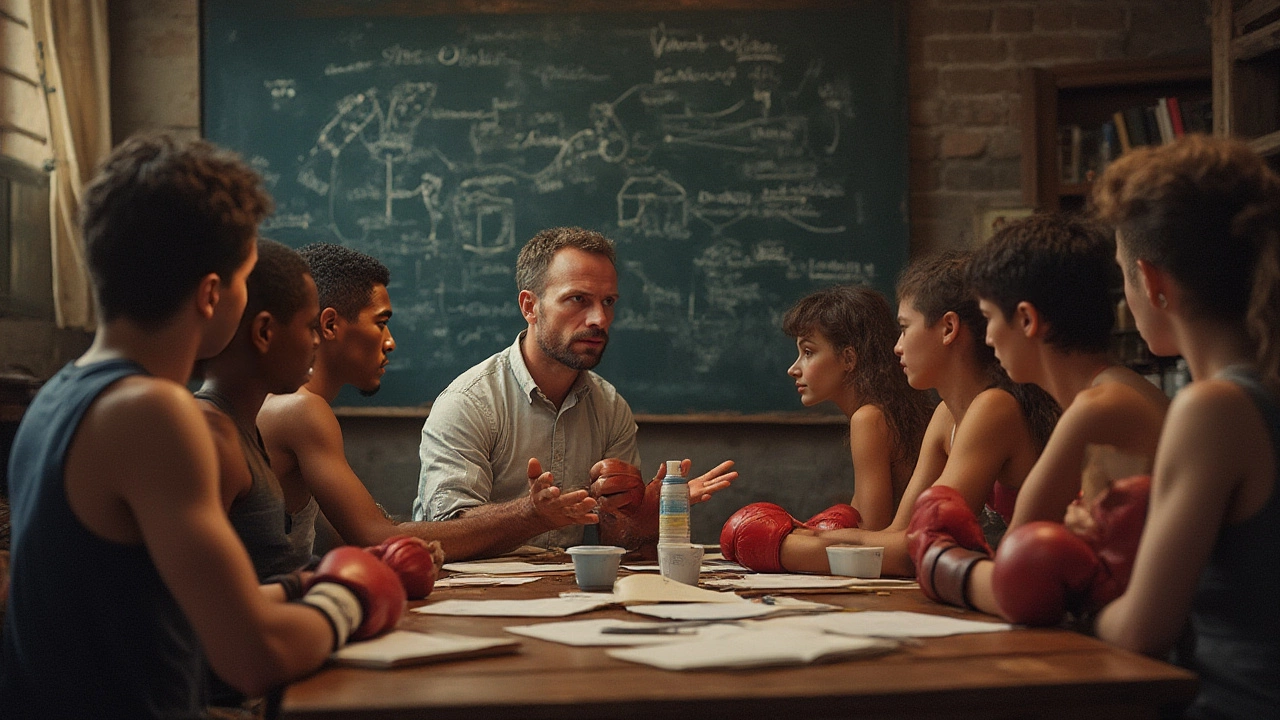
Boxing Techniques Beyond Punching
Now, let’s get into the toolbox that goes beyond the right cross. There’s infighting, clinching, angles—the kind of stuff that separates fight fans from casual viewers. While documentaries obsess about knockouts, the real magic happens in close quarters and split-second reads.
Take clinching for example. To the untrained eye, it looks like hugging. In reality, it’s a skillful tool. Smart boxers use the clinch to stall the action, recover, or sap energy from aggressive opponents leaning in. Watch old tapes of Lennox Lewis and you’ll see how he tied up giants to avoid brawling in the phone booth. On the other hand, pros like Bernard Hopkins made a career of sneaky work inside the clinch—landing short punches, turning opponents, or drawing fouls.
Angles matter way more than power. Sometimes it only takes a six-inch side step to change the angle, slip a punch, and launch a counter the other guy never saw coming. Think of Lomachenko or Manny Pacquiao—they rarely attack head-on, preferring to dart in and out, confusing rivals by never letting them reset.
Boxers also master distance management—not just getting in close but controlling mid- and long-range too. Taller fighters like Wladimir Klitschko built strategies around keeping shorter opponents at bay, using long hooks and stiff jabs to dictate the range. Meanwhile, inside fighters like Mike Tyson cut off the ring with weaving head movement and explosive bursts, turning reach disadvantages into missed punches and opportunities for damage.
Even the basic guard holds hidden significance. High guard? Great against head shots but vulnerable to the body. Philly shell? Tricky and stylish, but hard to master. Experienced boxers switch guards mid-fight, adapting to their opponent’s rhythm—not just defending, but luring punches they plan to counter.
Finally, there’s combination punching. While one-punch knockouts are rare, well-timed combos break down durable opponents. Sugar Ray Robinson threw five, six punches in rapid succession, forcing defenders to open up somewhere. Modern champs build off this, stringing punches together from different angles so rivals never get comfortable.
So ask again—is boxing only punching? Not even close. What happens between, before, and after each punch is the real show, and every seasoned fighter knows the real art is in what people don’t see.
